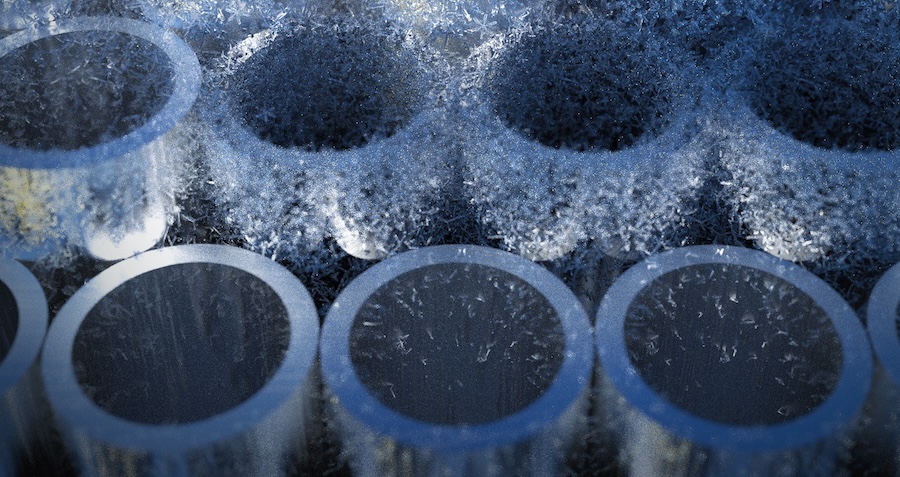

“Elastocalorics have the potential to replace current air conditioning and heating systems, offering significant energy savings when paired with technologies such as photovoltaics,” the subheading emphasized.
Closer to home, researchers at the University of Maryland’s James A Clark School of Engineering have also been working on an elastocaloric system. “Caloric materials, including magnetocaloric, electrocaloric, and elastocaloric materials can undergo phase transition and release and absorb heat upon application of various fields,” the school explained in an article last year.
“The key feature of the elastocaloric system is the compression and release of fatigue-resistant nitinol (NiTi) tubes configured in a versatile, multimode heat exchange architecture,” they added.
Nitinol has crossed the CleanTechnica radar here and there in recent years. The NASA-developed, shape-memorizing alloy of nickel and titanium has been put to use in airless bicycle tires as well as medical implants and aerospace applications.
In terms of the potential to replace heat pumps and other HVAC systems, nitinol generates a cooling effect simply by being stretched. It can also be tweaked to generate heat.
On Beyond Heat Pumps
That sounds simple enought, but the devil is in the details. The Clark School cites research team co-leader Professor Ichiro Takeuchi, who indicates that the road to a working NiTi system was a long one. “More than a decade ago, we were just playing with a NiTi wire,” Professor Tekeuchi explained. “By stretching it, you could get a substantial cooling effect one could feel by hand.”
“That was when we started thinking about applying the concept to a cooling device,” he continued.
If that thing about stretching indicates that the material will eventually break, the Clark team is already on the case. The school has been getting a healthy assist from the US Department of Energy, which lent its Ames National Laboratory in Iowa to aid in the development of a 3D-printing process to fabricate a highly durable nitinol structure.
The 3D process was described in a 2019 study in the journal Science under the title, “Fatigue-resistant high-performance elastocaloric materials made by additive manufacturing.”
Elastocaloric Cooling For Military Vehicles
Last year, the Clark team developed a prototype with a capacity of 200 watts, which the school describes as “enough to power a compact wine fridge.” With scale-up in sight, the researchers are working towards window AC units and the eventual goal of whole-house and commercial HVAC systems.
In the meantime, researchers at Ames are focusing on an elastocaloric project with the goal of developing a new AC system for military vehicles. The Department of Defense needs a new AC system because older refrigerants are being phased out due to their impact on global warming. A new, less harmful refrigerant called HFO-1234yf is on the market, but the DOD has determined that it is not suitable for use in military vehicles due to fire hazards.
The new AC system will leverage nitinol with some special military tweak engineered by the Ames team, spearheaded by researcher Julie Slaughter.
“Normally, if you take a metal and you stretch it, the force gets bigger as you stretch it more. For superelastic materials, you stretch it a little bit, and then, all of a sudden, it just moves with very little added force,” Slaughter explained in a press release dated March 14.
“The material is going through a phase transition when it does that and when that phase transition happens, you also release heat, which causes a temperature change,” she added.




